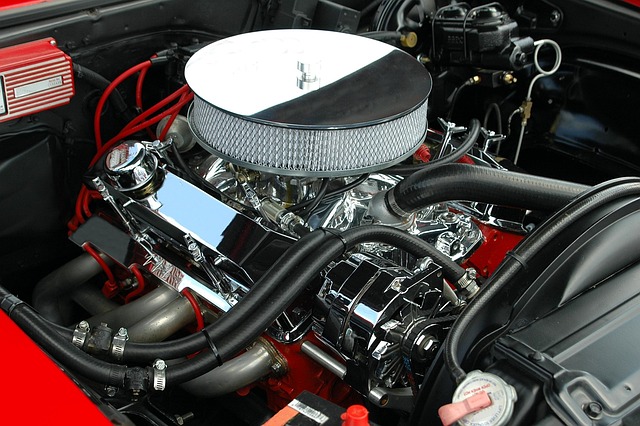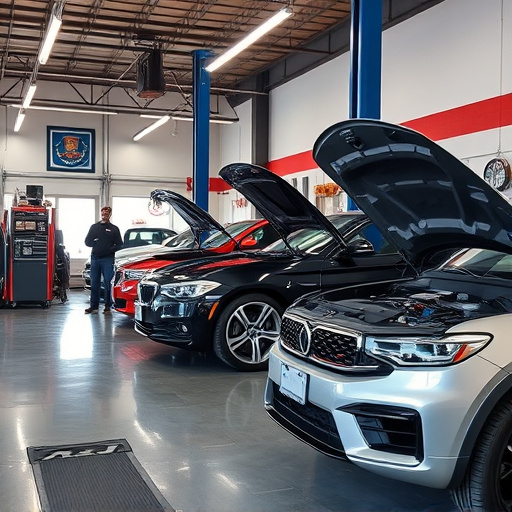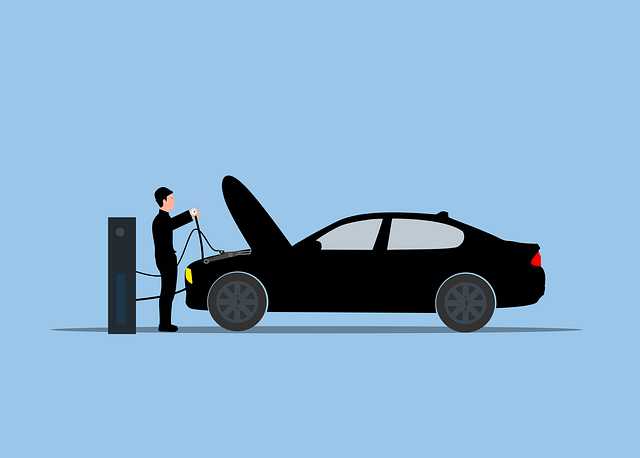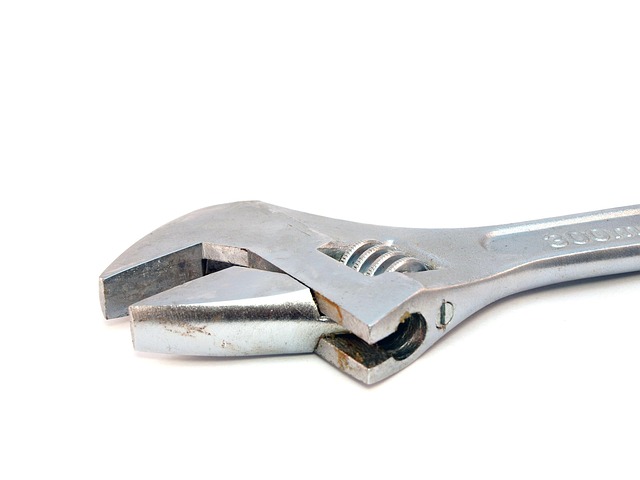Auto repair shops face challenges in managing appointments for various services, especially when vehicles require multiple repairs like paint and collision work after accidents. Effective repair scheduling collision management is key to optimized workflows, faster turnaround times, enhanced customer satisfaction, and improved operational efficiency. Strategies include prioritizing repairs based on urgency, leveraging technology like specialized scheduling software and communication tools, integrating efficient practices like paintless dent repair, and ensuring real-time updates for transparent coordination among stakeholders.
“Repair Scheduling Collision: Optimizing Workflow Efficiency explores the intricate challenge of managing overlapping repair appointments. This common issue, known as collision, disrupts workflow fluidity, leading to inefficiencies and client dissatisfaction.
The article delves into understanding this fundamental concept, analyzing its significant impact on daily operations. We present effective strategies to mitigate collisions, focusing on optimized scheduling techniques that enhance productivity, reduce wait times, and ultimately, elevate the overall customer experience.”
- Understanding Repair Scheduling Collision: The Basic Concept
- Impact of Collision on Workflow and Efficiency
- Strategies to Mitigate and Optimize Repair Scheduling Collision
Understanding Repair Scheduling Collision: The Basic Concept

Repair scheduling collision refers to the challenge faced by auto repair shops when managing appointments for various services, particularly in cases where a vehicle requires multiple types of repairs simultaneously. This often occurs with car paint repairs and auto collision repairs, where a customer’s vehicle might need both aesthetic enhancements and structural fixes after an accident. The complexity arises from coordinating these different processes efficiently to minimize downtime for the customer while ensuring optimal use of shop resources.
When a vehicle arrives at the auto repair shop for services, determining the most effective sequence for handling these tasks is crucial. For instance, certain repairs might require specialized equipment or skilled technicians, and scheduling collision repairs in conjunction with other services necessitates careful planning. Effective management of this scheduling collision can lead to enhanced workflow optimization, allowing auto repair shops to offer faster turnaround times, improve customer satisfaction, and ultimately increase operational efficiency.
Impact of Collision on Workflow and Efficiency

When it comes to workflow optimization, especially in auto repair shops, managing repair scheduling collision is paramount. Collision can disrupt the entire process, causing delays and inefficiencies that directly impact overall productivity. Imagine a shop dealing with numerous vehicle bodywork repairs, paintless dent repair, or car damage repair—a single collision can throw off the balance, leading to backlogs and dissatisfied customers.
The ripple effect of collision is significant; it can delay scheduling for other tasks, disrupt the workflow of technicians, and potentially increase costs. Optimizing repair scheduling by mitigating collision risks becomes a strategic necessity. Implementing efficient systems for appointment management, proper inventory planning, and real-time communication can help streamline operations, ensuring that even with unexpected collision occurrences, the work flow remains as seamless as possible.
Strategies to Mitigate and Optimize Repair Scheduling Collision

To mitigate and optimize repair scheduling collision, businesses can implement several strategies. Firstly, prioritizing repairs based on urgency and impact can help streamline the process. By categorizing jobs into high, medium, and low priority levels, workshops can allocate resources efficiently. This ensures that critical repairs are addressed first, minimizing delays caused by backlogs.
Additionally, leveraging technology such as specialized software for scheduling and communication can significantly enhance efficiency. These tools enable real-time updates, transparent scheduling visibility, and automated reminders, facilitating better coordination among customers, technicians, and shop managers. Integrating these solutions further reduces errors, enhances customer satisfaction, and optimizes workflow, especially when combined with efficient practices like paintless dent repair or auto body repair techniques to minimize disruption on the shop floor.
Repair scheduling collision is a significant challenge in optimizing workflow efficiency, often leading to delays and increased costs. By understanding this basic concept and its impact on operations, businesses can employ strategic solutions to mitigate collision. Implementing agile scheduling, prioritizing tasks, and leveraging technology for real-time updates are key tactics to enhance productivity. These strategies enable organizations to streamline their repair processes, ensuring a smoother workflow and improved customer satisfaction.














